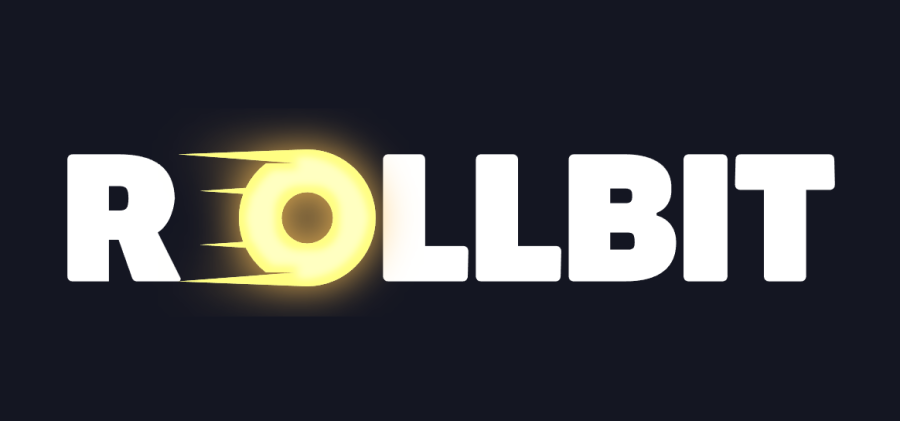The Association of American Publishers (AAP) released its figures from January 2011 book sales, and the news echoes what we’ve come to expect: more readers are turning to e-books, and they’re doing so in droves. In face, e-book sales have more than doubled since the same time last year. According to the AAP, e-book sales are up 115.8%, from $32.4 million to $69.9 million year-over-year.

But how does that impact the rest of the publishing industry? Do more e-book sales mean more books are being sold? Are e-readers and iPads engaging a new audience of readers (or at least book buyers)? Or are consumers simply making the switch from print to digital?
According to the AAP figures, the growth in e-book sales didn’t save the industry from declining sales. But the drop in sales overall was small – just 1.9% – as total book sales across all platforms and across all categories fell from $821.5 million in January 2010 to $805.7 million in January of this year.
More interesting, however, the breakdown in those sales: the adult mass market paperback section fell the most, declining over 30%. Adult paperbacks dropped almost 20%. Adult hardcover sales fell 11%. Children’s hardcover and paperback sales fell, too – 2% and 17.7% respectively. Altogether, the drop in sales of these two key elements of the publishing industry amounted to a $50 million decline.
It may be that our book consumption habits – both buying and reading – are changing. In addition to the explosion in e-book sales was a growth in downloadable audio book sales. That category rose by 8.8%, although it’s still a very small cut of the overall industry and that increase meant just a half million dollar boost.
The publishing industry is clearly still reeling from the rapid adoption of e-books by consumers, and it is trying to work out new pricing and licensing models. Of course the implications here aren’t just for the book industry, but for authors, readers, libraries and bookstores alike, as our book buying and reading habits change.





















